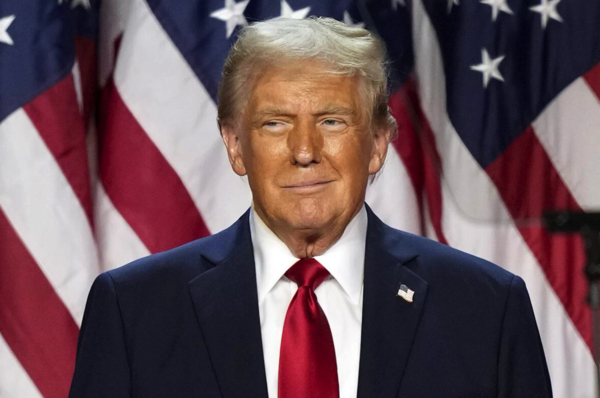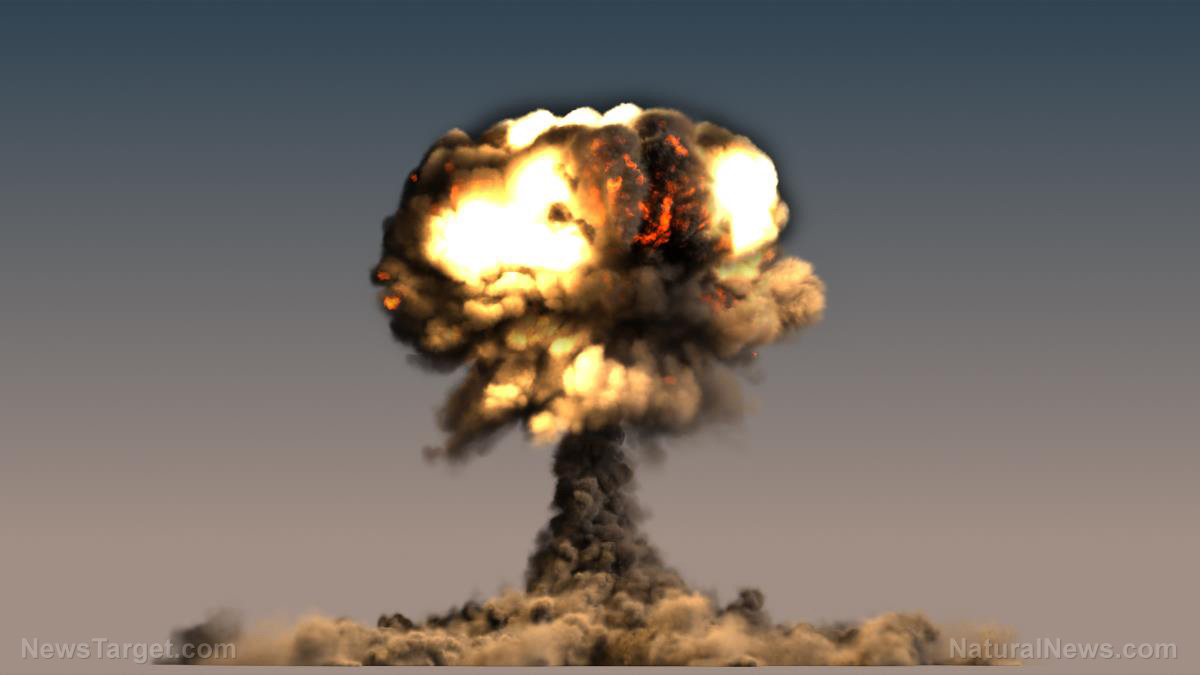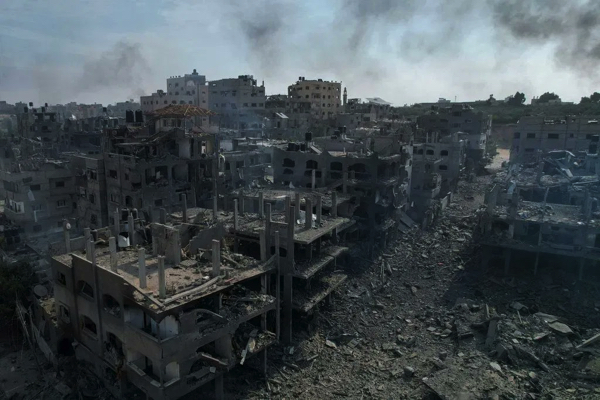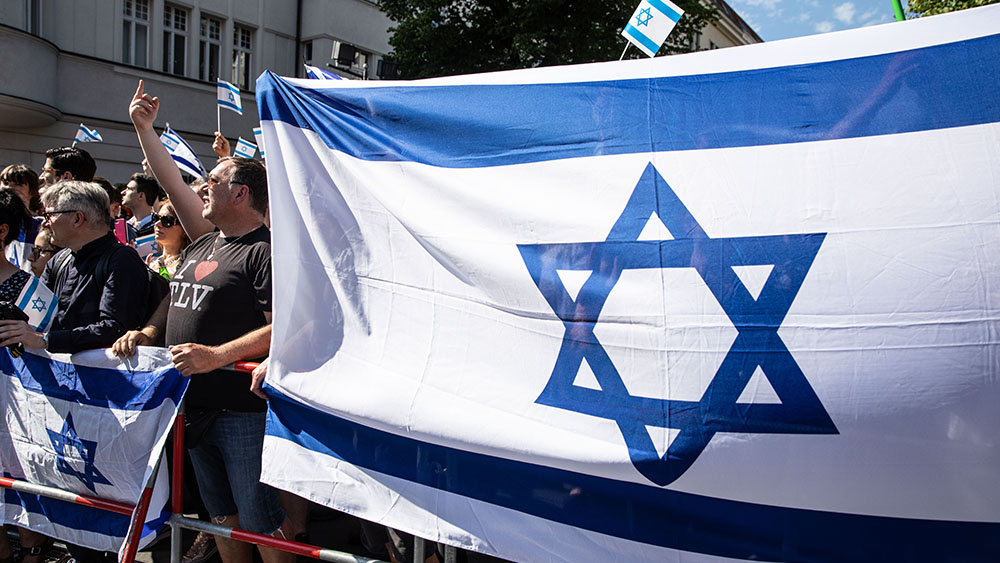 Parler
Parler Gab
Gab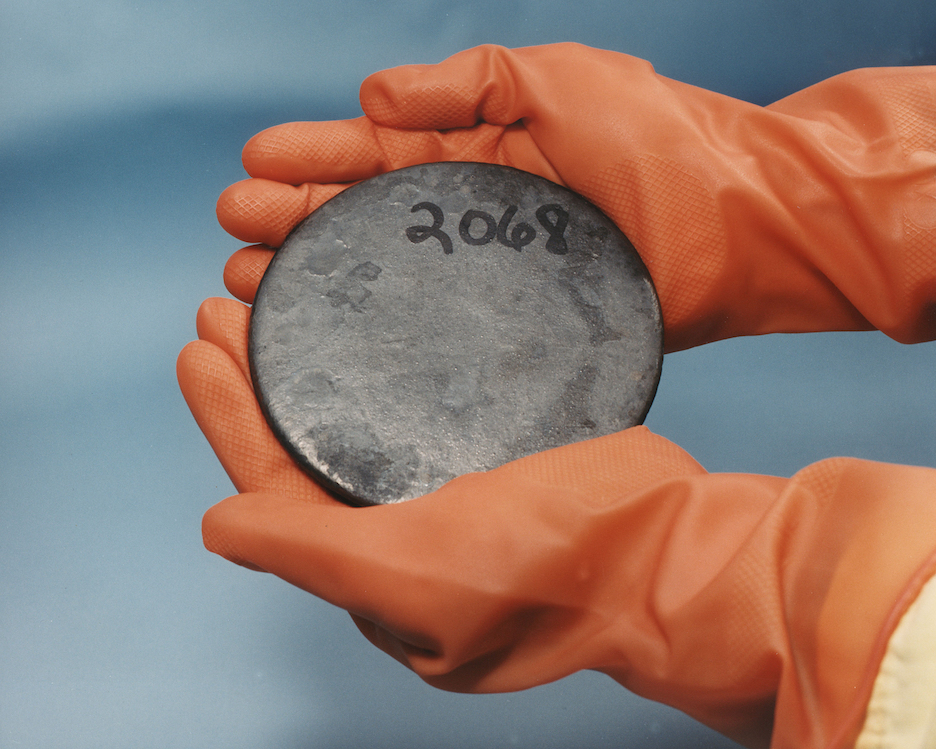
- U.S. airstrikes failed to destroy Iran’s nuclear program, only delaying it by months while leaving its centrifuges and uranium stockpiles intact.
- A leaked DIA report contradicts Trump’s claims of total destruction, revealing that Iran’s nuclear infrastructure remains largely operational.
- Iran’s missing 409 kg of enriched uranium raises urgent questions about its whereabouts and potential concealment.
- The fragile U.S.-brokered ceasefire is collapsing as Israel and Iran continue to exchange attacks despite the truce.
- Iran vows to rebuild its nuclear program, signaling long-term defiance and escalating tensions in the region.
U.S. bombs failed to destroy Iran’s nuclear program
For days, President Trump and his administration boasted that American B-2 stealth bombers had “completely and totally obliterated” Iran’s nuclear enrichment facilities in Fordow, Natanz, and Isfahan. But a leaked DIA report, obtained by CNN, tells a far different story. According to the assessment, the strikes did not collapse underground nuclear structures, and Iran’s centrifuges, which are critical for uranium enrichment, remain largely operational. “The assessment is that the U.S. set them back maybe a few months, tops,” one source briefed on the report stated. This directly contradicts Trump’s triumphant declarations and Defense Secretary Pete Hegseth’s claim that Iran’s nuclear ambitions “have been obliterated.” Even more alarming, Iran’s stockpile of 409 kilograms of highly enriched uranium—enough for 10 nuclear warheads—has vanished. The International Atomic Energy Agency (IAEA) admitted it lost track of the material just five days into the conflict, raising urgent questions: Where is Iran’s uranium? Was it moved before the strikes? And who helped Tehran conceal it? The White House’s hastily arranged ceasefire, announced with much fanfare, has already been violated by both sides. Israel launched fresh strikes on Tehran after the truce was supposed to take effect, while Iran retaliated with ballistic missile attacks on Israeli cities. Trump, visibly frustrated, lashed out at both nations, declaring, “They don’t know what the f*ck they’re doing.” Yet behind the scenes, Israeli officials admitted they scaled back planned attacks under U.S. pressure. Meanwhile, Iran’s Atomic Energy Organization chief, Mohammad Eslami, boldly proclaimed that Tehran had “pre-arranged” plans to revive its nuclear facilities, ensuring no disruption to production. The White House dismissed the DIA report as “flat-out wrong,” accusing the intelligence community of leaking classified information. But this is the same pattern we’ve seen for decades of government lies, media complicity, and the American people left in the dark. Russia’s Foreign Minister Sergei Lavrov exposed another layer of deception, questioning whether the IAEA itself could be trusted. “What guarantees are there that the IAEA will not leak this information to the U.S. or Israel?” he asked, highlighting Iran’s justified fears that inspectors may act as spies for Western intelligence. The harsh reality is that Iran’s nuclear program was not destroyed. Its uranium stockpile is missing, its centrifuges remain functional, and its leaders are already vowing to rebuild. The strikes may have delayed Tehran’s ambitions, but they also guaranteed its determination to pursue nuclear weapons as an existential shield against regime change. Meanwhile, the fragile ceasefire is little more than a pause before the next explosion of violence. Sources for this article include: ZeroHedge.com MiddleEastEye.net Reuters.comGOP Senator Thom Tillis will not seek reelection after breaking with Trump
By Willow Tohi // Share
3 uncomfortable facts about Israel’s war on civilization that you won’t learn from mainstream media
By News Editors // Share
TikTok’s U.S. future hangs in balance as Trump tips buyer details amid security fears
By Willow Tohi // Share
Governments continue to obscure COVID-19 vaccine data amid rising concerns over excess deaths
By patricklewis // Share
Tech giant Microsoft backs EXTINCTION with its support of carbon capture programs
By ramontomeydw // Share
Germany to resume arms exports to Israel despite repeated ceasefire violations
By isabelle // Share
